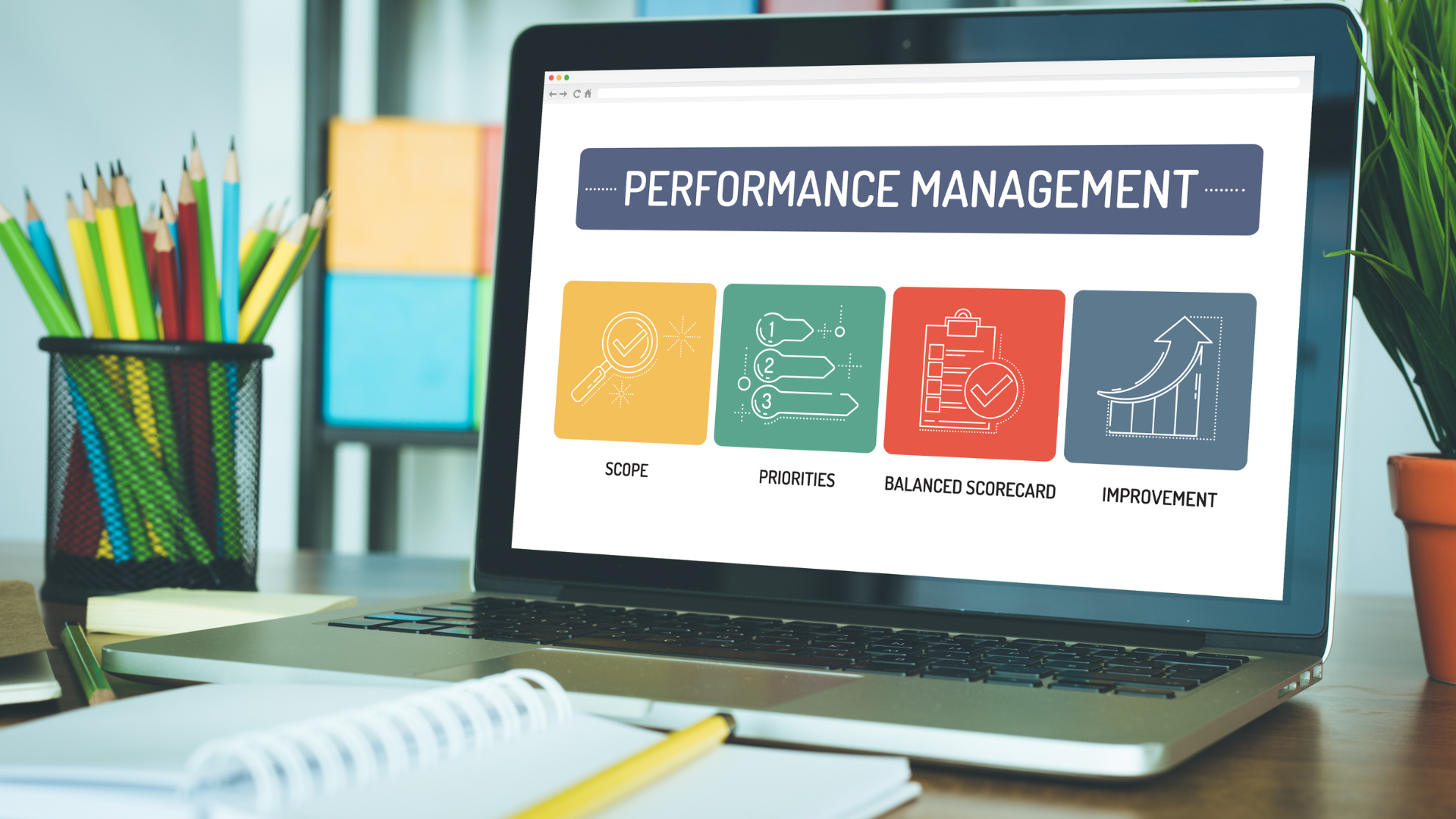What percentage of positions in your organization have scorecards? Role scorecards, not to be confused with your traditional “job description”, are one of the most powerful tools to establish role clarity and monitor progress.
Defining the measures of success for a role is something you, as an organization, need to keep score of. In this article, we describe how role scorecards are central to all performance management activities. Here’s why you need to incorporate them into your performance management strategies.
How Are Role Scorecards Different?
A role scorecard establishes a direct link between the individual roles of your organization and your vision and strategy. When each role has clearly defined accountabilities and key performance indicators, it creates alignment throughout the entire organization.
This echoes what executive leadership coach Sarah Noll Wilson explains as a criterion-referenced evaluation. Comparing the performance of team members to each other or to year-over-year performance will not produce effective results. The best systems will evaluate performance based on a well-articulated set of criteria.
Sound familiar? You may think role scorecards are something your organization has already adopted. However, it’s important to distinguish a scorecard from a typical “job description”.
One of the most notable differences is the contrast between being activity-focused and results-focused. Job descriptions are more of an overall explanation of the tasks and activities undertaken by the person in the role.
On the other hand, a role scorecard objectively defines the measures of success for the role in a results-focused manner. This provides employees with the autonomy and opportunity for creativity and personalization to grow into exceptional long-term performers.
Sean Fitzgerald explains Unlocking Performance Excellence
Manage Employee’s Performance With Role Scorecards
When properly implemented, role scorecards are central to all enterprise performance management activities:
- Recruiting and Hiring - Streamline the process of conducting candidate searches, applicant screening, and implementing role-specific interviews.
- Performance Management - Employee performance is not a subjective assessment, and a manager's job is to provide fair and non-personal evaluations. With clear and measurable outcomes, scorecards help identify whether the objectives were met or not.
- Structure and Alignment - Role scorecards for individuals contribute collectively to teams, departments, and the company as a whole. This gives leaders the tools to identify gaps across the organization, pinpointing areas where additional deliverables may be required. This could lead to the creation of new roles or the adjustment of existing ones.
Not only do role scorecards outline the individual work each team member is responsible for, but they also give clarity to your business as a whole. They are an extremely valuable tool to drive performance for both managers and employees.
Regular check-ins, either between an individual and their respective manager or in a group setting, are essential. This will give insight into whether or not performance is aligned with the well-defined accountabilities and metrics. As a manager, these opportunities for intentional connections with employees are beneficial. They allow you to determine training needs and identify any areas where additional employee development is needed.
Creating Role Scorecards
Ready to implement scorecards in your organization? Whether you’re brand new to the concept or have started to incorporate different aspects over the years, start by asking yourself these questions:
- Do you have a standard scorecard template?
- Do you create scorecards for new positions?
- Do you review and update scorecards for open positions?
- Is there a scorecard for your position?
Role scorecards will bring shared meaning and purpose to your team. All the unique components of the scorecard will come together collectively to identify the common goal your organization is working towards.
Each employee will understand their job. They will also understand how their tasks and the tasks of others will work together. This understanding will help them make a collective impact.
Customize the scorecard template to work for your company’s unique needs. Incorporate these factors to define A-Player levels of performance for each position in the organization:
- Purpose
- Reporting relationships
- Company core values
- Key accountabilities
- KPIs with performance targets
- Role requirements.
- Competencies, qualifications, skills, and experience
To upgrade your role scorecards to ensure they meet the above criteria, download our template. Once you have established scorecards customized to your business, don’t stop there. Make sure they are used on an ongoing basis to support superior execution and high-performance management.
Unleashing the Potential of Your Organization
Of all the tools we help business leaders integrate into their organizations, role scorecards are one of the most powerful. Are you up for the challenge of reviewing and assessing the current state of your role scorecards to improve performance?
If you’d like to learn more about how to build a great vision or other ways you can take the simpler path to creating a great business, connect with us or consider attending one of our upcoming leadership events.




